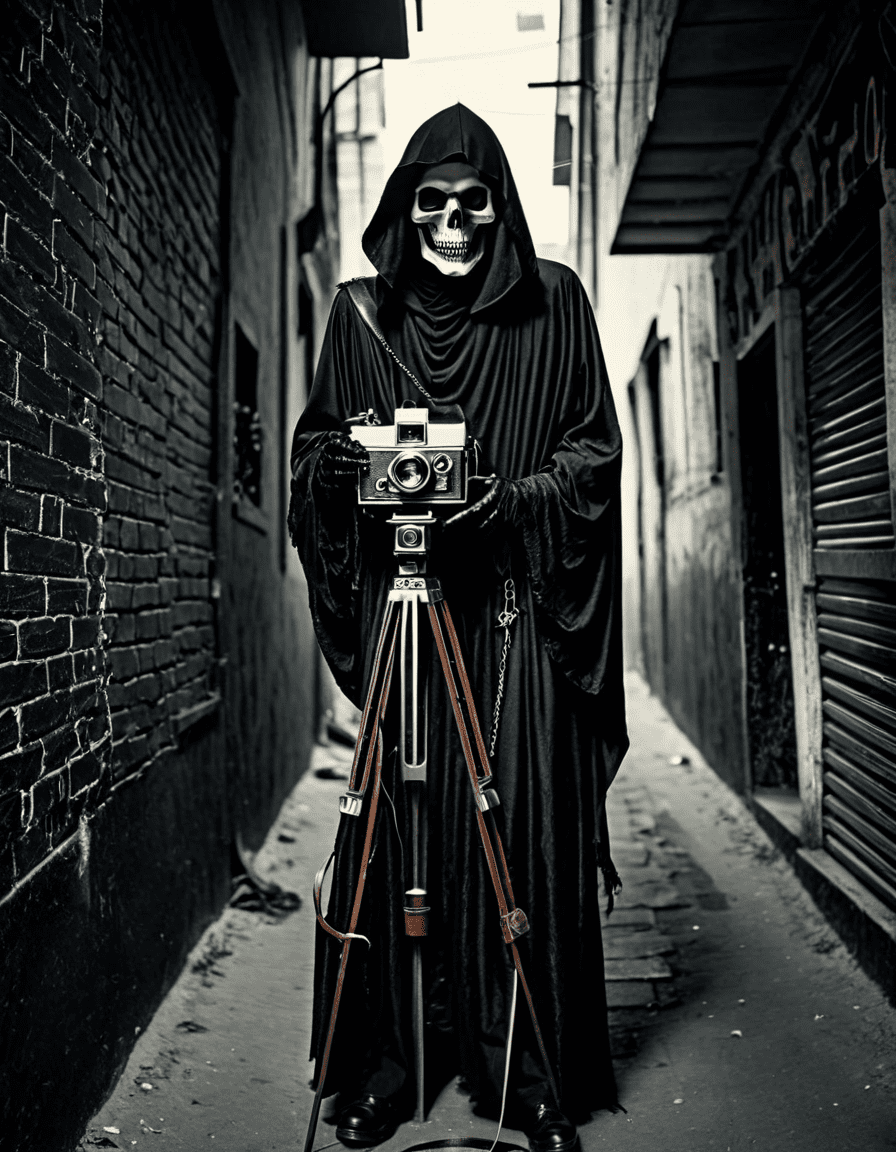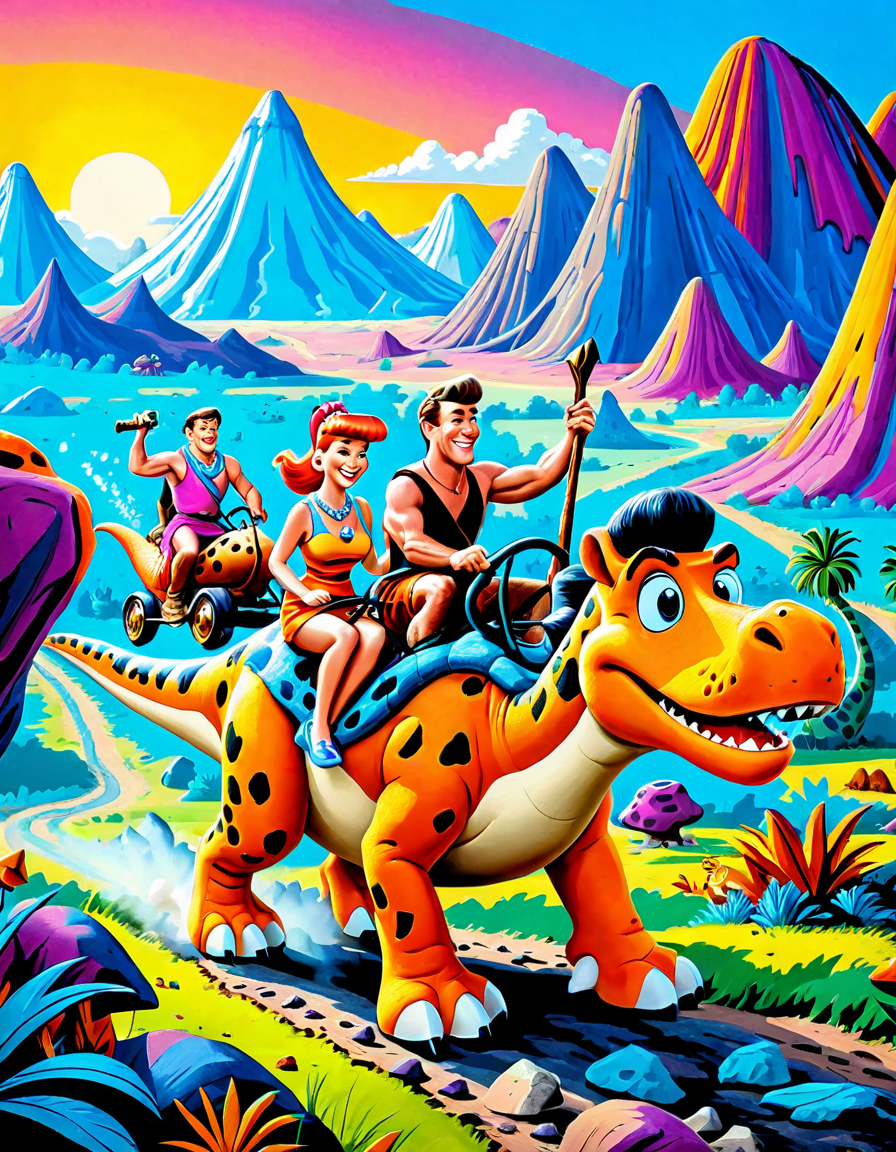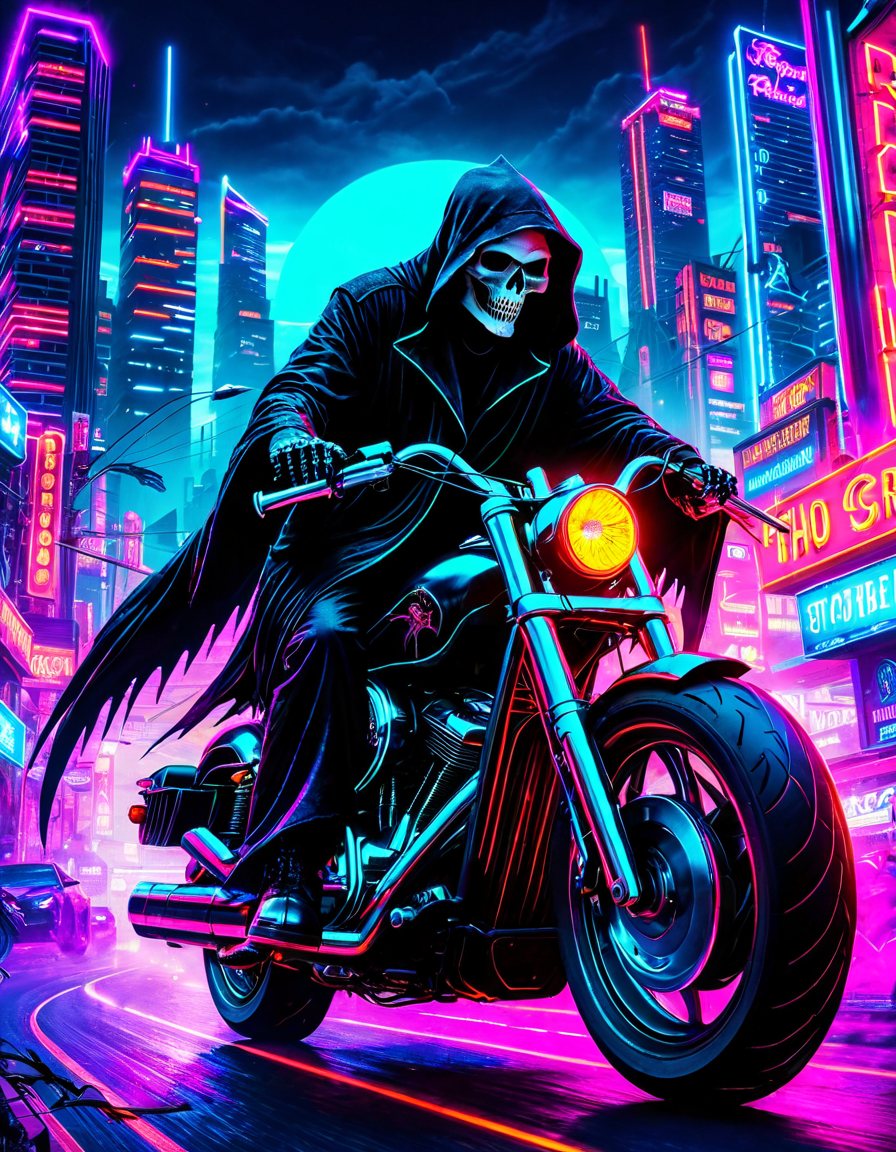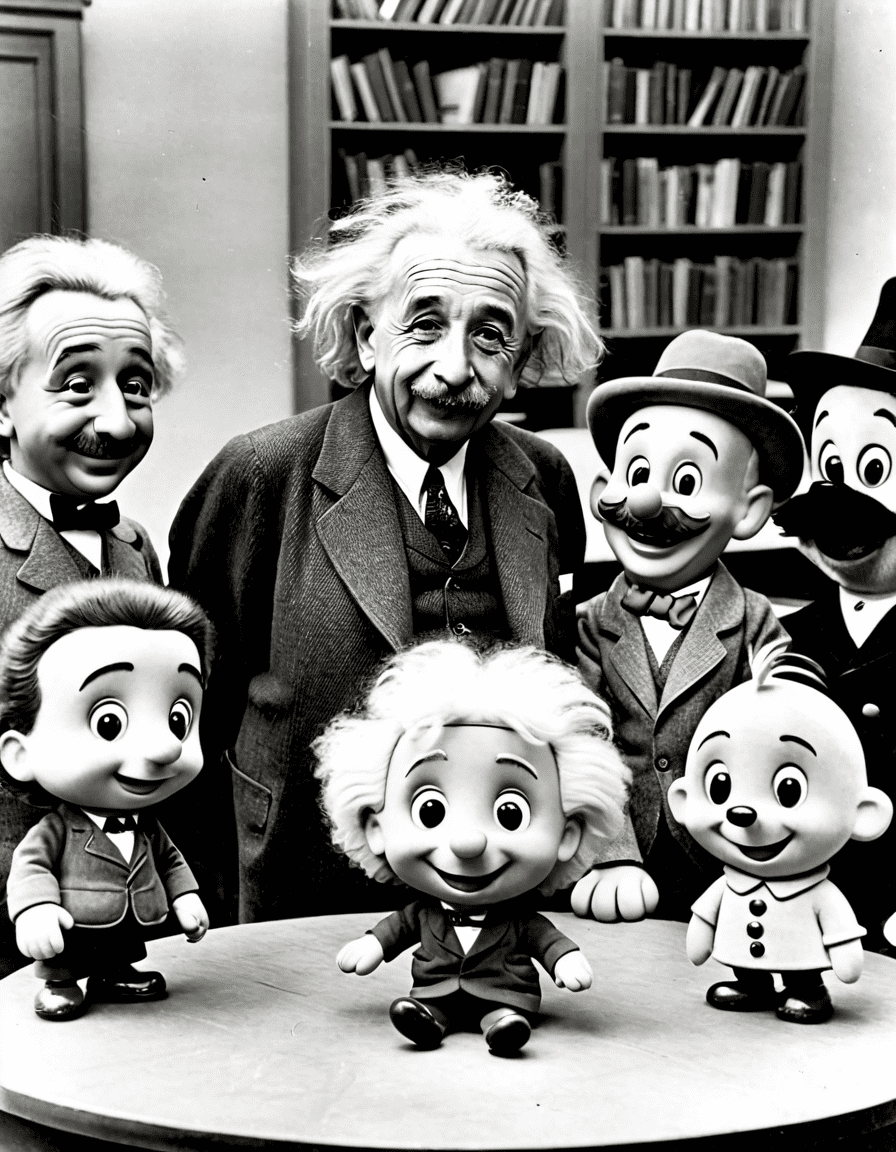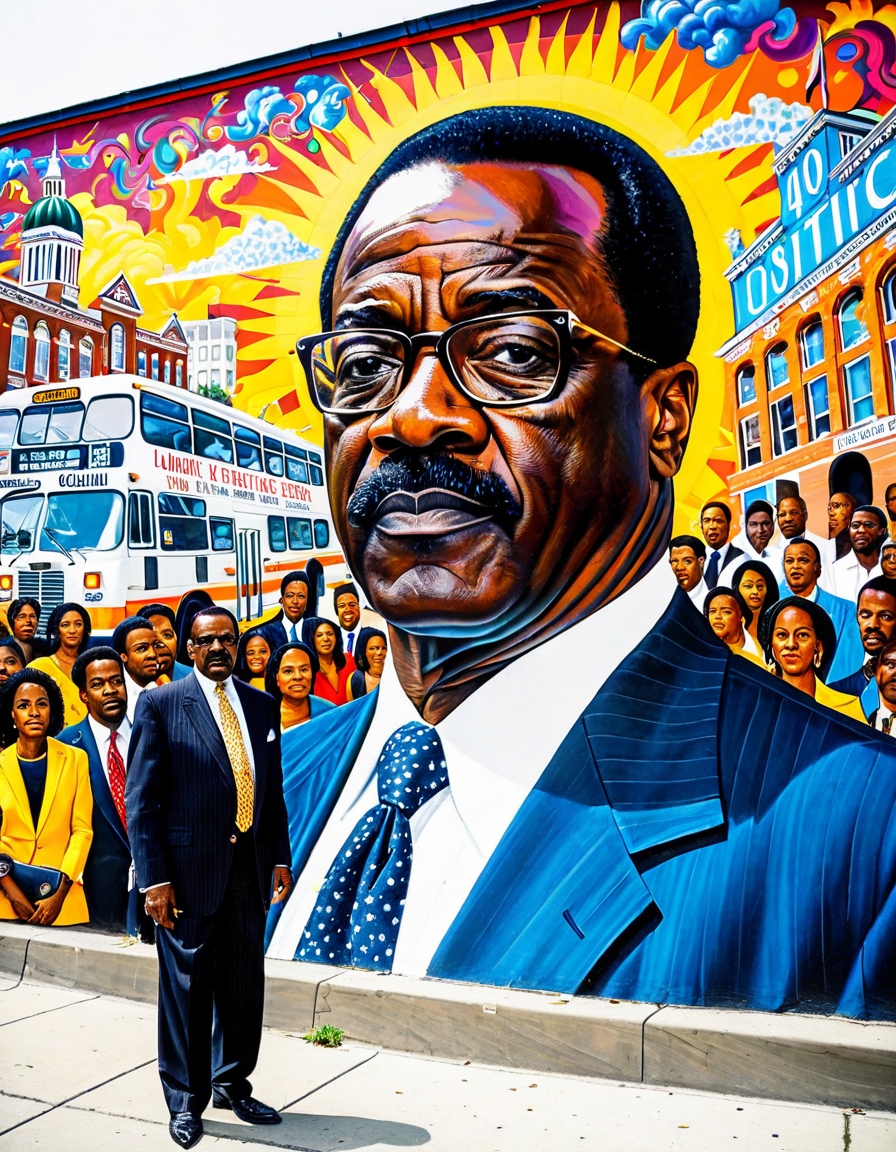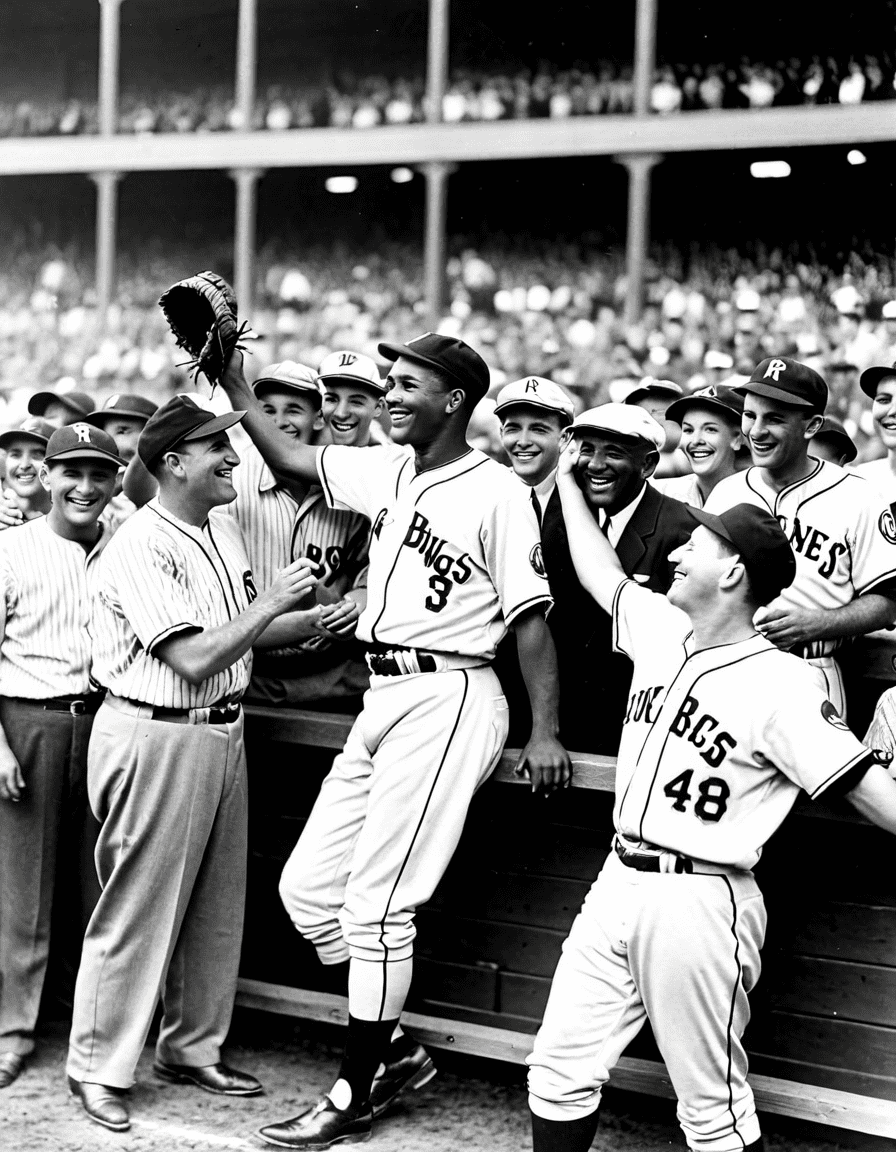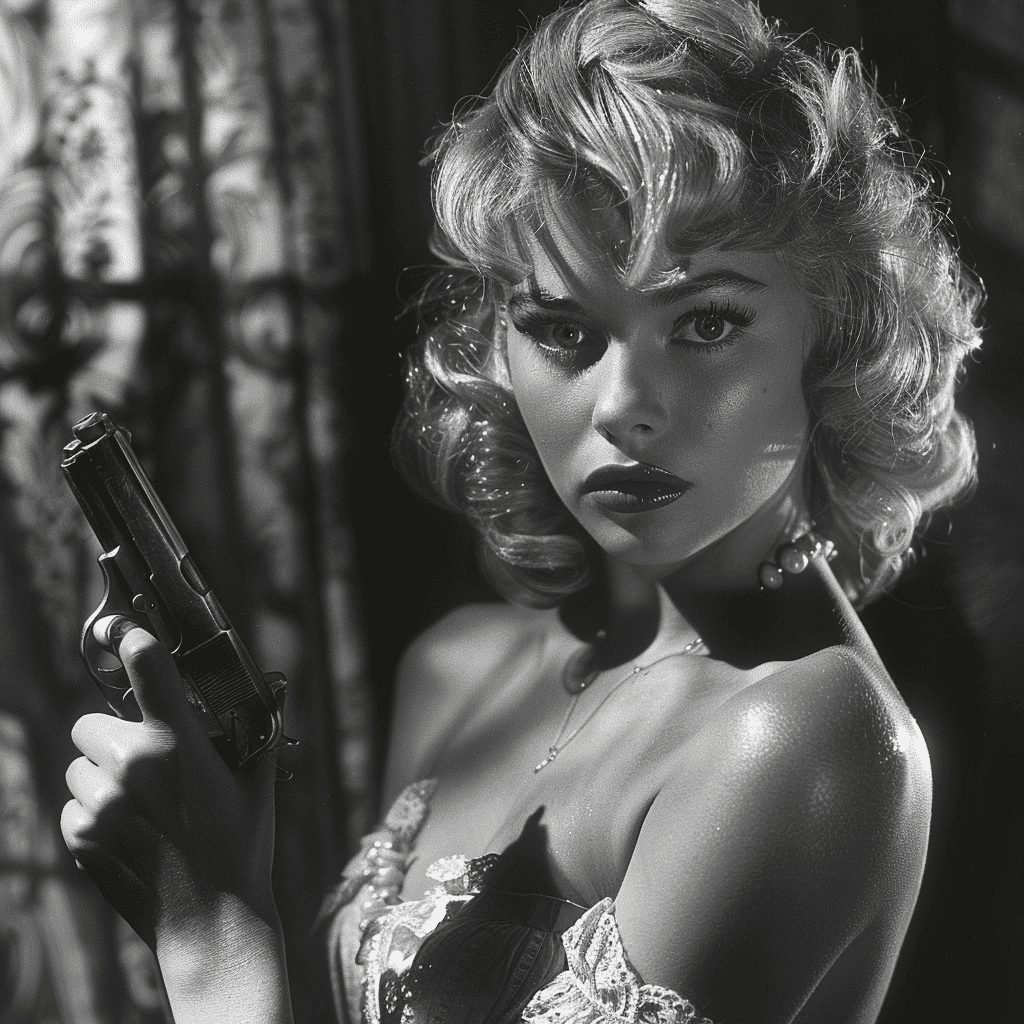The image of the Grim Reaper is a haunting yet compelling symbol that resonates across different cultures and generations. Picture a shadowy figure, draped in a dark robe, brandishing a scythe. This personification of death serves to remind us of our own mortality. Originating from medieval Europe, particularly during the plague’s rampage, the Grim Reaper became a staple in art and literature as a stark representation of the end of life. As time has marched forward, its portrayal has evolved, incorporating both fear and fascination in various media from films to literature and even video games.
In the realm of pop culture, the Grim Reaper captures our imaginations in ways that provoke deep philosophical musings. Take the anime series Death Note, for instance; the character Ryuk is not just a mere figure of death but embodies a supernatural twist that evokes questions about fate and morality. Meanwhile, titles like Grim Fandango reimagine our skeletal friend in a comical light, weaving humor and cultural richness into a narrative about the afterlife. Clearly, the Grim Reaper isn’t just a figure drifting in the shadows; it’s a versatile character that can deliver dark themes with a touch of levity or provoke existential reflection.
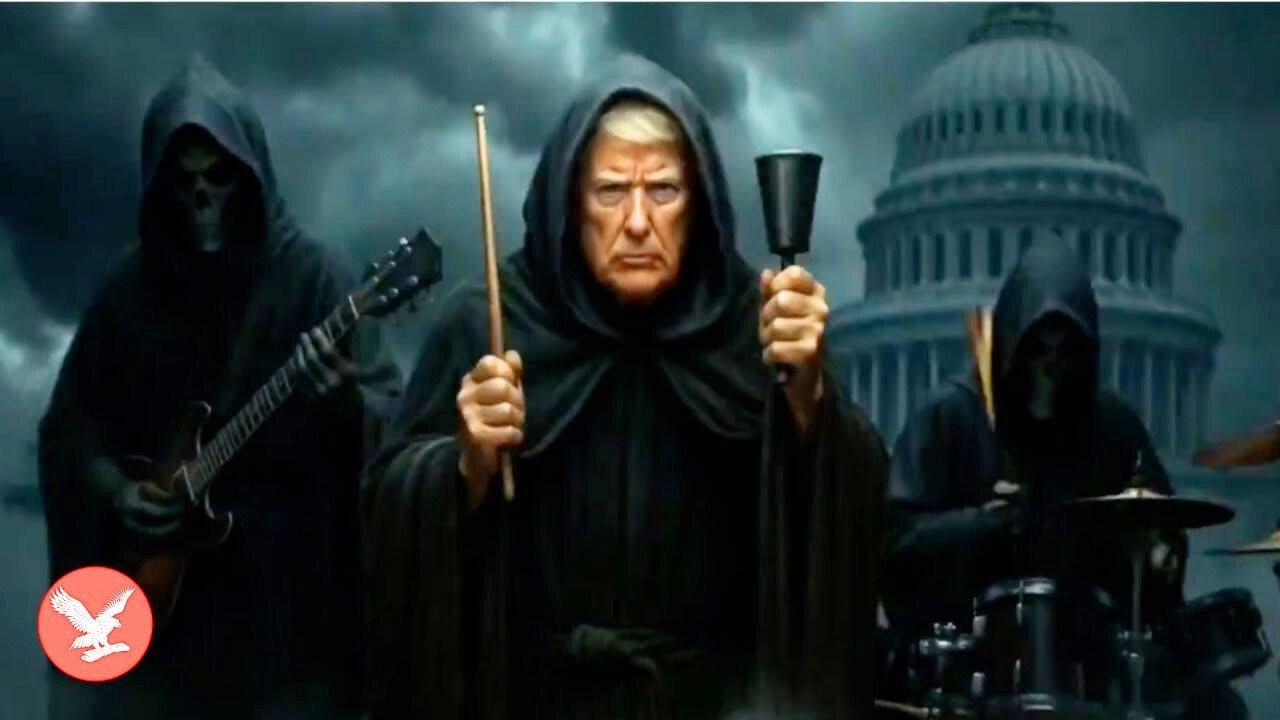
The Grim Reaper in Popular Culture: A Symbol of Mortality
The figure of the Grim Reaper has appeared in countless interpretations, each uniquely embodying the collective fears and fascinations surrounding death. In film and other forms of media, this figure often invites exploration into deeper emotional landscapes. Whimsical or terrifying, the representation serves as a mirror reflecting our societal attitudes toward mortality.
Whether seen as a monstrous herald of death or a slightly comical entity, the impact of the Grim Reaper’s portrayal remains significant. That’s why we often see it paired with major themes of acceptance, loss, and understanding. It’s this rich tapestry that offers a wealth of narratives to engage with.
In essence, the Grim Reaper has melded into our cultural fabric, illustrating mortality while also reminding us to consider the lives we lead. By weaving its image into stories, society finds shared experiences through tales of life, death, and everything in-between.

Top 7 Iconic Representations of the Grim Reaper
Here’s a closer look at some of the most iconic representations of the Grim Reaper in popular culture:
Ingmar Bergman’s masterpiece features a knight confronting Death in a game of chess. The representation is both eerie and thought-provoking, emphasizing a struggle between faith and doubt.
Turning the Grim Reaper into a comic foil, this film shows him challenging the main characters to various games. This whimsical portrayal lightens the somber subject matter and reminds us that death doesn’t have to be devoid of humor.
This video game reimagines the Grim Reaper in a dark fantasy setting. Here, death becomes a haunting reminder of the protagonist’s grief, adding layers of psychological horror to the narrative.
In this series, Tessa embodies a personalized approach to the Grim Reaper. By interacting with the living, she offers a richer emotional landscape while forcing viewers to contemplate mortality in engaging ways.
Neil Gaiman portrays Death as a thoughtful, compassionate character. This reimagining flips the script, showing that death can be a comforting presence rather than a figure to fear.
Narrated by Death, this film set during World War II delivers poignant insights about the human condition. The Grim Reaper here becomes an empathetic observer, adding emotional gravity to the story.
In a traditional horror format, the Grim Reaper takes on a more sinister role. Characters find themselves grappling with fate and the inevitability of death, driving home the urgency of living life fully.
Through these varied representations, the Grim Reaper continues to shape our narratives about life and death, emphasizing how our understanding of mortality evolves with storytelling.
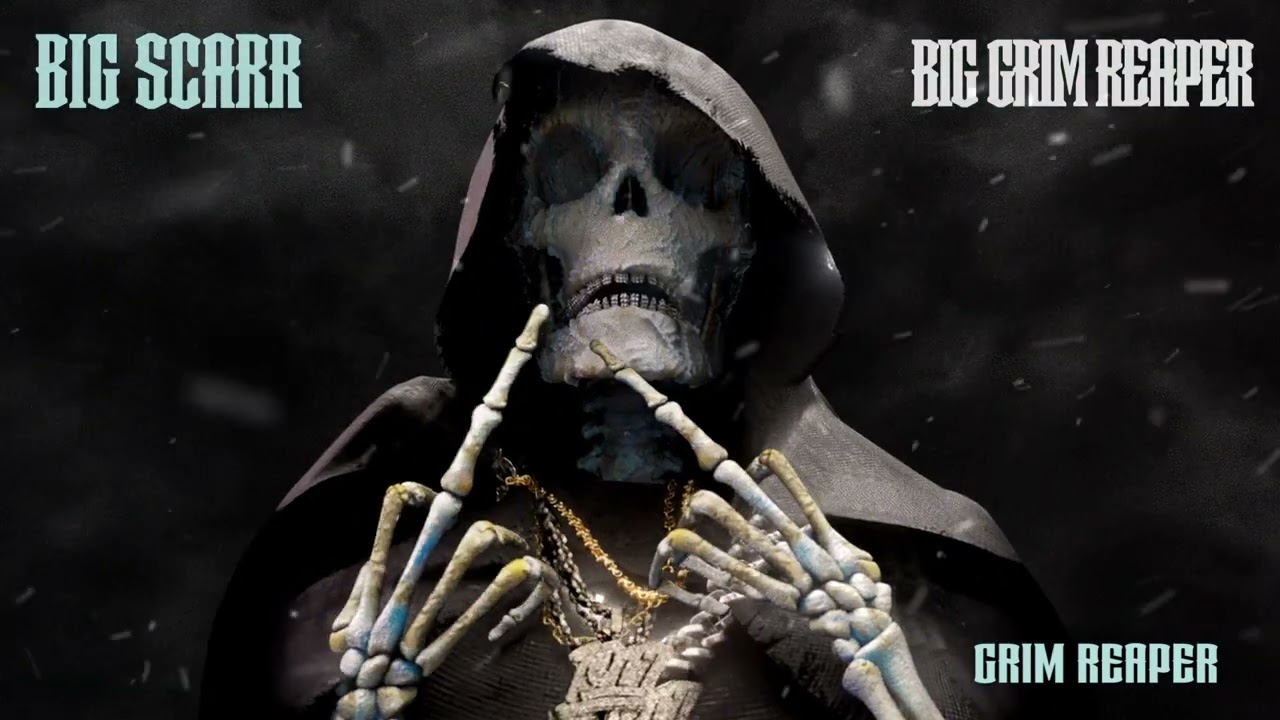
The Grim Reaper: Cultural Interpretations Around the World
While we might think of the Grim Reaper mainly through a Western lens, many cultures have their own intriguing interpretations. Each of these various depictions reveals unique beliefs about death and the afterlife.
These cultural depictions enrich the understanding of the Grim Reaper, reminding us that death can be perceived in many ways, and each perspective offers a different takeaway about our own lives.
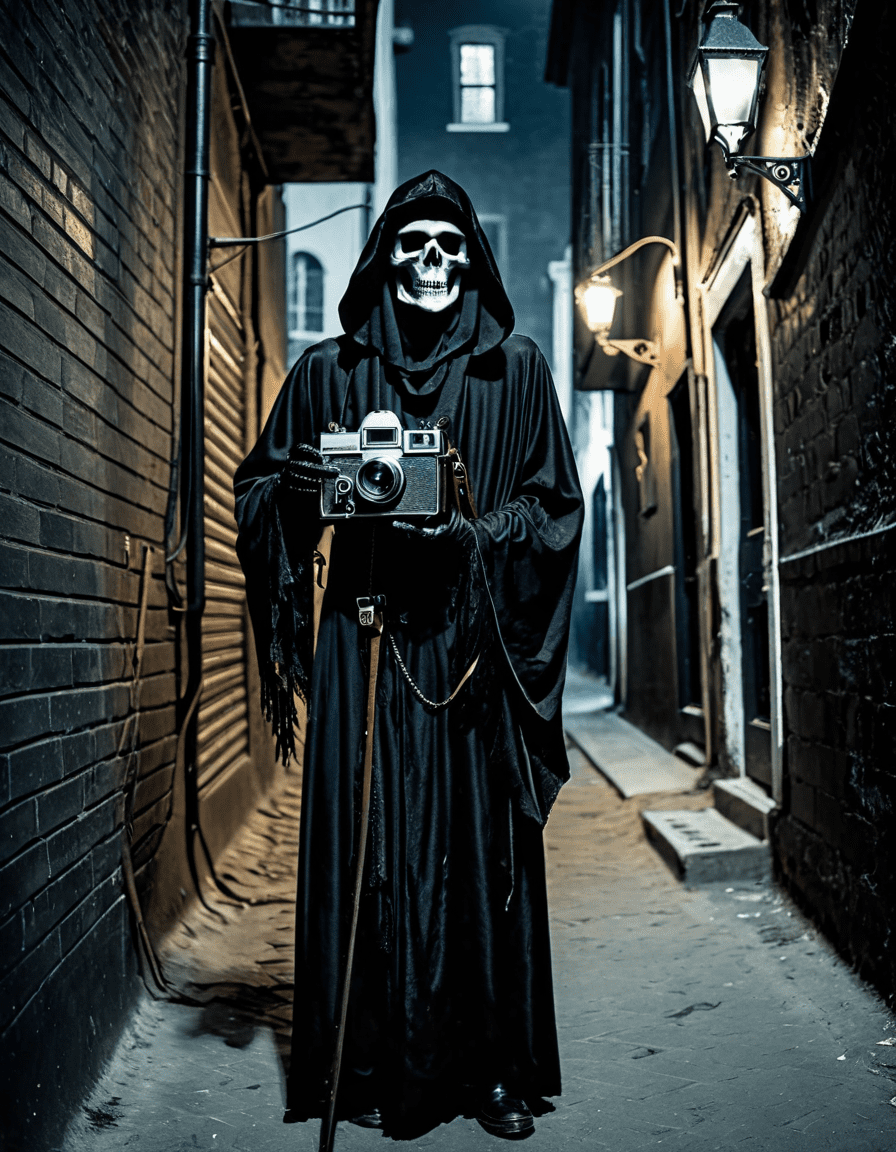
The Psychological Impact of the Grim Reaper’s Persona
The figure of the Grim Reaper resonates deeply within us, encouraging conversations that society often shies away from. Engaging with this imposing symbol helps individuals confront death and its implications.
Studies in psychology indicate that these representations contribute to our coping mechanisms regarding loss. By processing narratives focused on death, we can come to terms with our anxieties and fears. This figure serves as an entry point to address what is often a taboo subject in society.
Reflecting on the Grim Reaper can lead to personal enlightenment. By exploring the emotions tied to mortality, we find pathways to acceptance and understanding, creating dialogues that bridge our collective experiences.
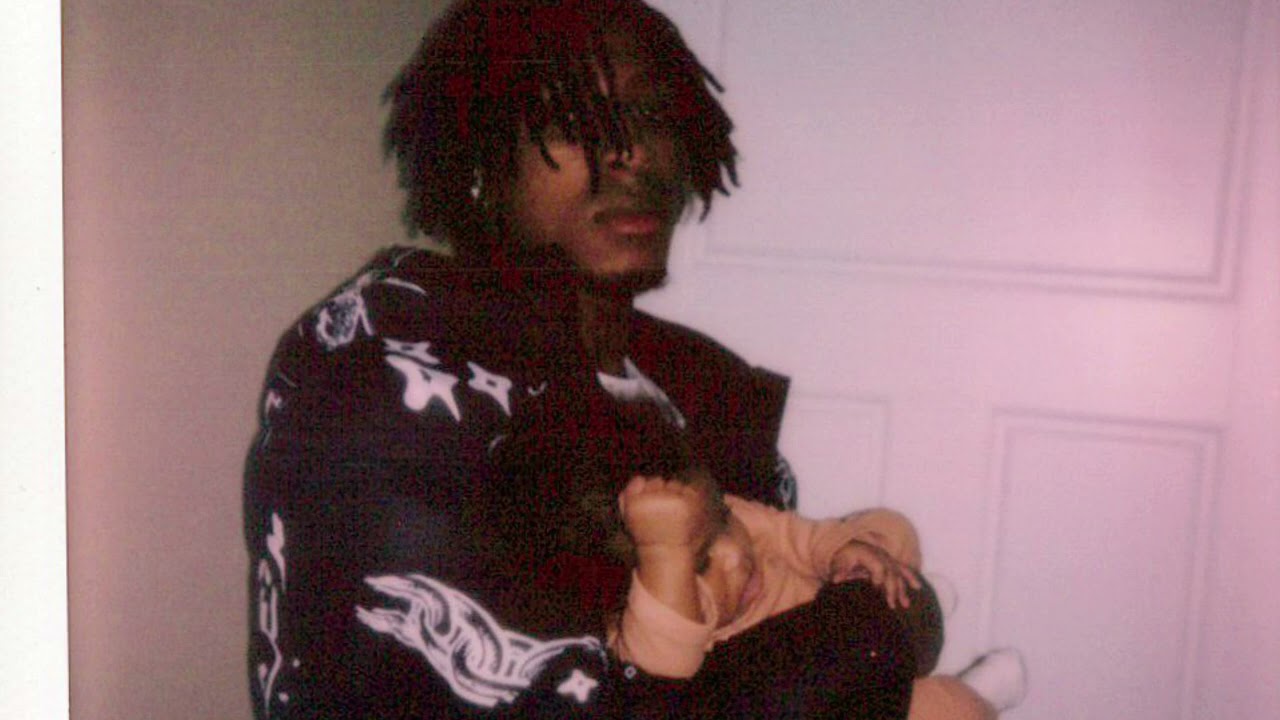
The Grim Reaper’s Role in Shaping Societal Views on Death
The modern depiction of the Grim Reaper in media transforms how we see death. It’s no longer just a grim reaper lurking in the shadows but a topic worthy of reflection and discussion. The presence of this figure helps sum up life’s transience, nudging many of us to live fully while contemplating our mortality.
The ongoing fascination with the Grim Reaper in various forms of storytelling promotes a culture of openness concerning death. By reflecting on this complex figure, society can forge paths to deepen understanding about life, loss, and legacy.
In a world where conversations about death can provoke discomfort, the Grim Reaper emerges as a guide, illuminating paths toward embracing both life and death in richer, more meaningful ways. By delving into the character’s depths across cultures and forms, we accumulate insights that enhance our understanding of the human condition. Ultimately, this exploration reminds us of our shared experience, transforming the fear of death into an appreciation of life itself.
The Grim Reaper: A Haunting Figure of Death Revealed
The Origins of the Grim Reaper
The grim reaper has fascinated people for centuries, acting as a symbol of death that transcends cultures. This eerie figure usually appears cloaked in black, wielding a scythe, and often embodies the inevitability that awaits us all. Interestingly, its portrayal can be traced back to the Black Death of the 14th century, making it not just an archetype but a reflection of societal fears. In popular media, like the movie The Secret life Of Walter mitty, this haunting character makes an appearance, further cementing the grim reaper’s place in our collective imagination.
A Modern Twist on the Grim Reaper
In recent years, the grim reaper has undergone various transformations, even flirting with humor and parody in shows. Think of it as a blend of pain and laughter, particularly in comedic skits or animated series that reduce the fright factor. This mix is similar to how scary elements can be found in family films or adventures, reminding us that laughter and fear often walk hand-in-hand, just like the characters in Primos. Plus, many James Marsden Movies And TV Shows have played with dark themes while keeping a lighthearted tone, proving that mortality can be an entertaining topic if packaged correctly!
Grim Reaper Trivia That’ll Surprise You
Love trivia? The grim reaper has plenty to offer! One fun fact is that animals are sometimes depicted as companions to this spectral figure, much like how they highlight the natural cycle of life and death. This idea can also be seen in art and literature where creatures symbolize the transition between existence and the unknown. Additionally, culturally, the grim reaper has appeared in various forms, from the hooded skeleton in Western traditions to more colorful representations elsewhere, demonstrating how diverse perceptions of death can be. For even more quirky insights into popular figures, check out stories surrounding legends like Mike Martz, and you might find unexpected connections to the macabre.
The grim reaper continues to intrigue and inform, reminding us of life’s eventualities while engaging our imaginations. It’s a figure who walks the line between semblance and reality, leaving us pondering what’s to come in this life and beyond. So, as you dive into its rich history, remember, the figure doesn’t just represent death; it’s also an invitation to explore our own views on mortality, perhaps even sparking lively discussions in forums like Cohasset News.
